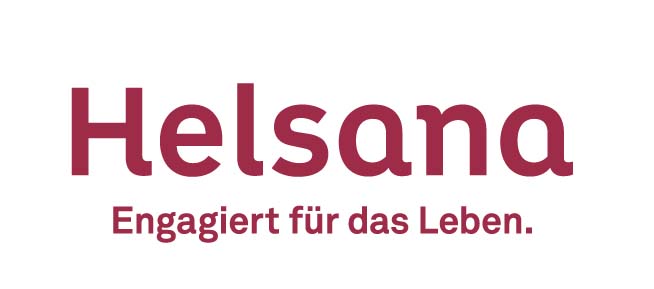Positive change through appreciative employee leadership
PUBLIREPORTAGE Specialist Silvia Colmenero from Helsana explains how BGM influences corporate success and why leaders have a role model function.

Ms. Colmenero, why is it worth investing in occupational health management (OHM)?
Healthy employees are more motivated, more productive, more creative, more loyal - this makes a company more successful and increases its attractiveness as an employer. If employees are unwell or absent, this causes costs. Stress-related productivity losses cost companies in Switzerland several billion francs every year.
How does BGM influence success?
Systematic health management not only has an impact on the health of the individual, but also on the working atmosphere. People feel valued, are more satisfied and identify with the company. This increases the willingness to perform. And it reduces fluctuation - a decisive factor in industries with a shortage of skilled workers. But occupational health management also reduces absenteeism.
How high is the savings potential there?
Studies show that occupational health management can reduce absence costs by around 20 percent. The actual savings potential depends on the number of employees, the payroll and the absence rate. What employers usually forget: In addition to these easily calculable wage continuation payments, there are also indirect costs. These are two to four times higher.
What indirect costs then?
If someone is absent, the employees present work overtime to make up for the work and are under greater strain. This often leads to additional absences. Temporary workers have to be recruited and trained. Production losses, delivery delays, loss of know-how, higher insurance costs. These factors are often misjudged.
And what does a company have to invest in BGM?
First and foremost, there needs to be clear responsibility and resources for this. And staying power. Because not all measures show immediate results. OHM is a cultural process. You have to stick with it and establish health as a corporate value. That is a medium- to long-term goal.
Where does BGM come in?
At all levels in the company: not only in working conditions and processes, but also in the continuous sensitization and empowerment of managers. How can they manage healthy, stressed or sick employees? How do they recognize early signals and can act before someone drops out? The focus in leadership should not only be on absent employees. And finally: How can everyone take care of themselves?
What should leaders pay attention to?
Since health management measures involve changes, it is important that everyone is brought on board. The best tools and initiatives are of little use if the topic of health is not accepted and lived by everyone in everyday life. Leaders have a role model function here. What if my supervisor sends me an e-mail at night? These are subtleties in behavior that can make a big difference. And they are free of charge.
What are most companies doing wrong?
As a rule, the focus is on the sick employees. But how are the others doing? Appreciation, for example, is an important and simple lever for positive change.
Helsana tools for a healthy SME
- For health literacy in a team: helsana.ch/short-check-company
- Toolbox: helsana.ch/kmu-tool-case










